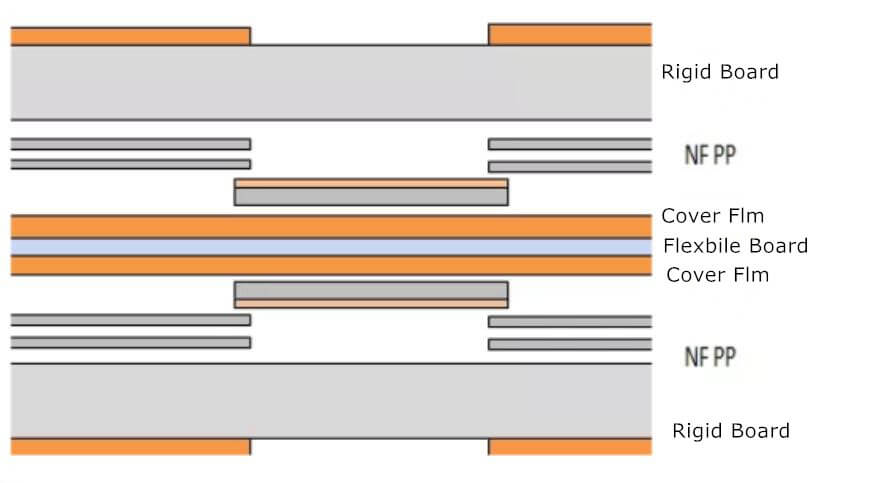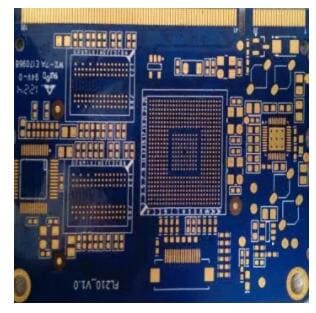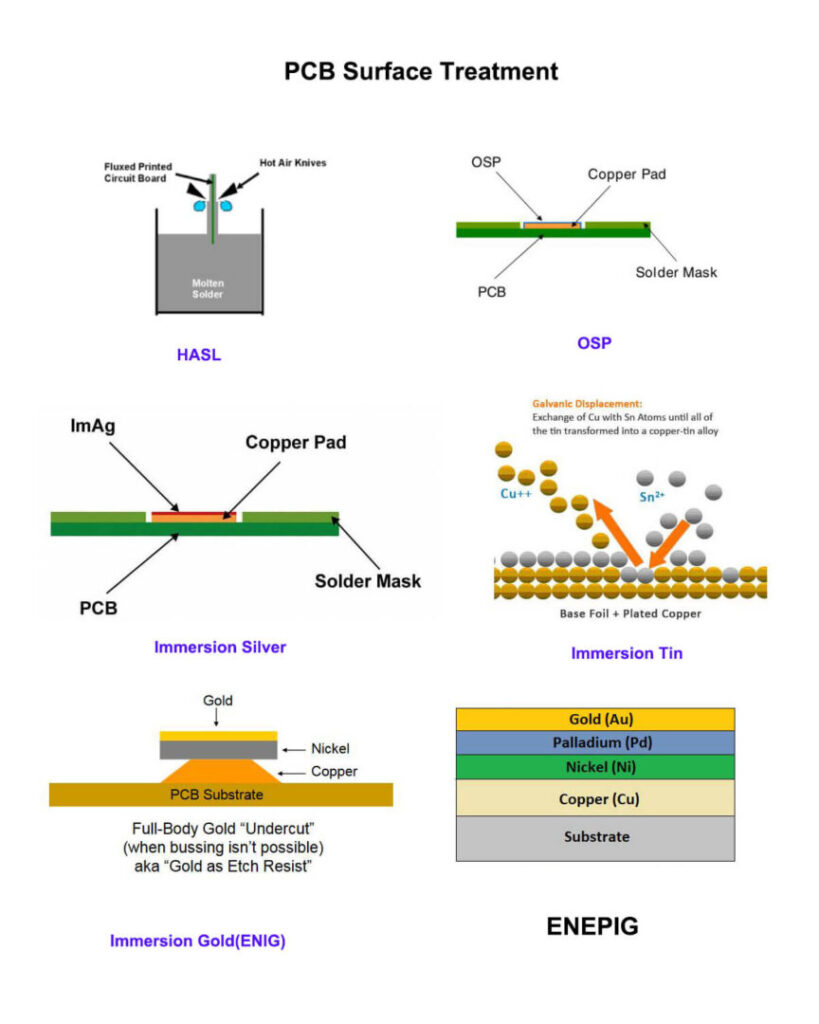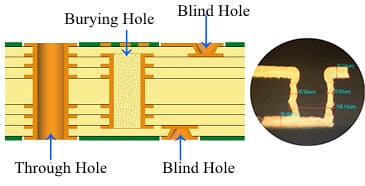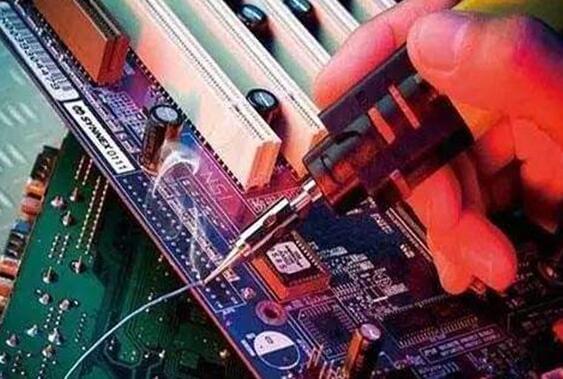Flexible Circuit boards are generally customized products with widely varying shapes and performances. They can be divided into the following types according to the number of layers.
1. Single-sided Flexible Board

Lowest cost. When the electrical performance requirements are not high and single-sided wiring is possible, a single-sided flexible board should be selected. This most common form has found commercial applications such as inkjet cartridges for printers and memory for computers. The single-sided flexible board has a layer of chemically etched conductive patterns, and the conductive pattern layer on the surface of the flexible insulating base material is rolled copper foil. Insulating substrates used for flexible assemblies can be polyimide (Kapton), polyethylene terephthalate (PET), aramid fiber paper (Nomex) and polyvinyl chloride (PVC).
2. Double-sided Flexible Board
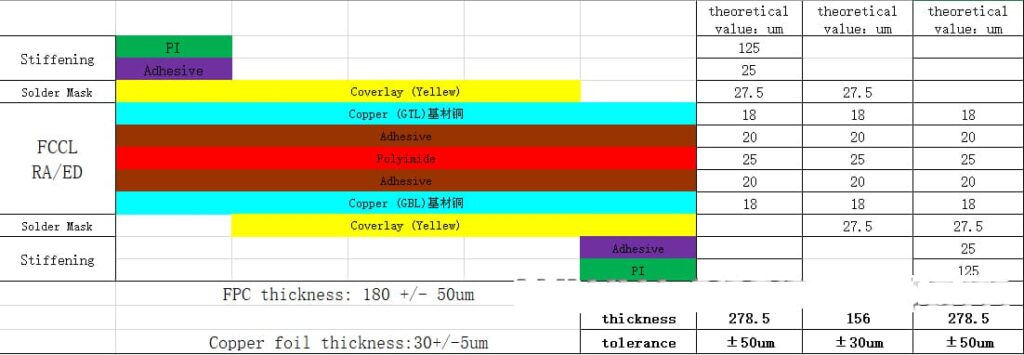
Double-sided flexible boards have a conductive pattern etched on each side of the base film. Metalized holes connect the patterns on both sides of the insulating material to form a conductive path to meet the flexible design and use functions. The cover film can protect single and double-sided wires and indicate the location of components.
3. Multilayer Flexible Board
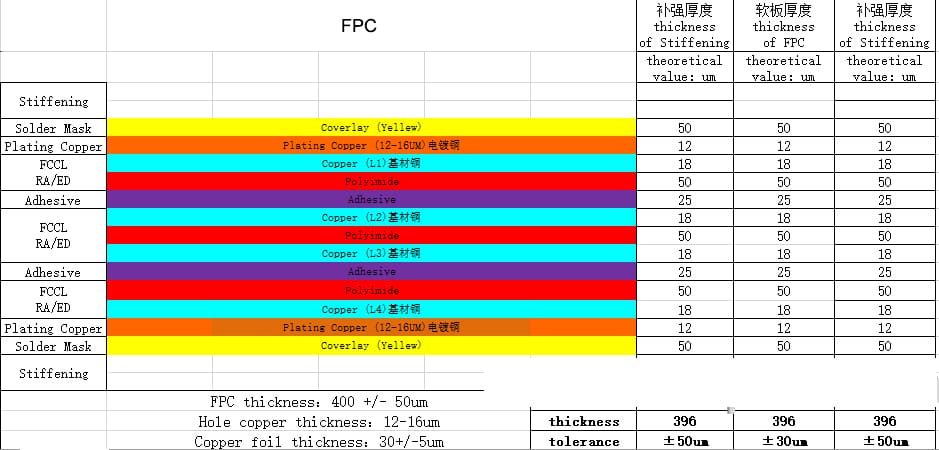
Multilayer flexible boards are made by laminating three or more layers of single-sided flexible circuit boards or double-sided flexible circuit boards together. Metalized holes are formed through drilling and electroplating, and conductive paths are formed between different layers. In this way, complex welding processes are not required. Although the number of conductive layers designed to be this flexible type can be unlimited, the interaction between assembly size, number of layers, and flexibility should be taken into consideration when designing the layout to ensure ease of assembly.
4. Rigid-flexible Combination

Traditional rigid-flex boards are composed of rigid and flexible substrates selectively laminated together. The structure is compact, with metallized holes forming conductive connections. Considering reliability and price factors, manufacturers should try to keep the number of layers as low as possible.
HDI rigid-flexible printed circuit board: High Density Interconnection (HDI) rigid-flexible printed circuit board is a high-end printed circuit board product. Its purpose is to meet the trend of electronic products toward miniaturization, high frequency, high speed, and multi-function. oriented toward growth needs. HDI rigid-flex boards combine the advantages of ordinary HDI boards and rigid-flex boards, promoting the development of high integration and high intelligence in the design and manufacturing of electronic systems. They have been widely used in high-end electronic products such as aerospace technology, medical equipment, and consumer products.

